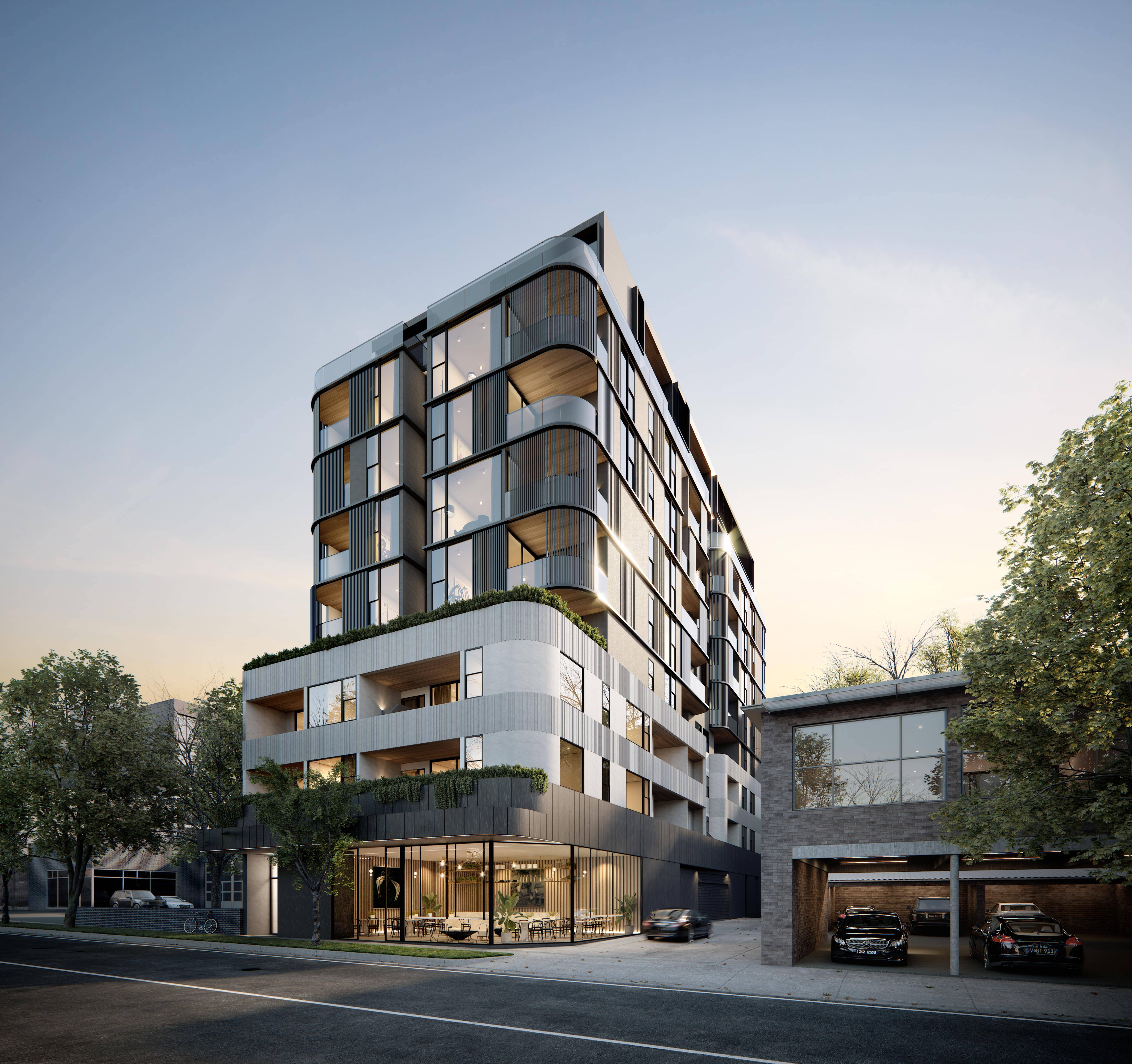24 Oct 2024
Innovative Materials: Exploring the Future of Sustainable Building Products
As part of Victoria’s Big Built project, the Mordialloc Freeway has enabled bayside and south-eastern residents of Melbourne to get to the beach in record time. What many people don’t know is that the 9km long freeway connecting from Dingley Village to the Mornington Peninsula supported the use of sustainable building products and construction methods, with 800,000 tonnes of recycled material used.
Among the innovative materials now being used by the construction sector are recycled materials given a new life in the latest builds – removed from landfill to find new purpose in building products including sustainable asphalt, recycled plastic drainpipes, green thermal insulation from sheep wool, low VOC paints and safe, sustainable timber products sourced from renewable plantations.
Bayside deveoper Obaid Naqebullah says it’s impressive to see Melbourne leading the charge for sustainable building products including the world’s first recycled plastic noise walls of the Mordialloc Fwy. More than 570 tonne of plastic waste was used to build noise walls along the gateway to the peninsula.
In flooring, sustainable building materials such as bamboo has become a popular choice for its hard-wearing structure and renewable credentials. The fast-growing grass can reach maturity in just three to five years and is strong enough to withstand wear and tear like heel dents.
Around the world, many innovative building materials are providing sustainable alternatives to traditional masonry bricks and blocks. Bio-Blocks crafted from micro-algae can provide a zero-carbon alternative to traditional concrete. The by-product of sugarcane processing known as bagasse is being used to create Sugarcrete blocks – which are not just sustainable, but lighter than conventional bricks.
While it sounds like a sci-fi fantasy world, the humble mushroom is also being considered in the production of sustainable building materials. The rootlike fibres of the mushroom, known as mycelium, can be dried and processed, then turned into biodegradable building materials which are technically still ‘alive’.
Mycelium is heavy duty, more fire-resistant than concrete and it may be possible for a damaged mycelium brick to repair itself when extra fungus is packed into the cracks.
Even the use of concrete is being reshaped to be more sustainable with Boral producing a range of lower carbon concrete products which still have good early age strength and drying shrinkage characteristics.
Obaid Naqebullah says the future of green construction materials is revolutionizing the way buildings, cities and communities are built, helping generations to adapt to sustainable living that doesn’t further damage the planet.
